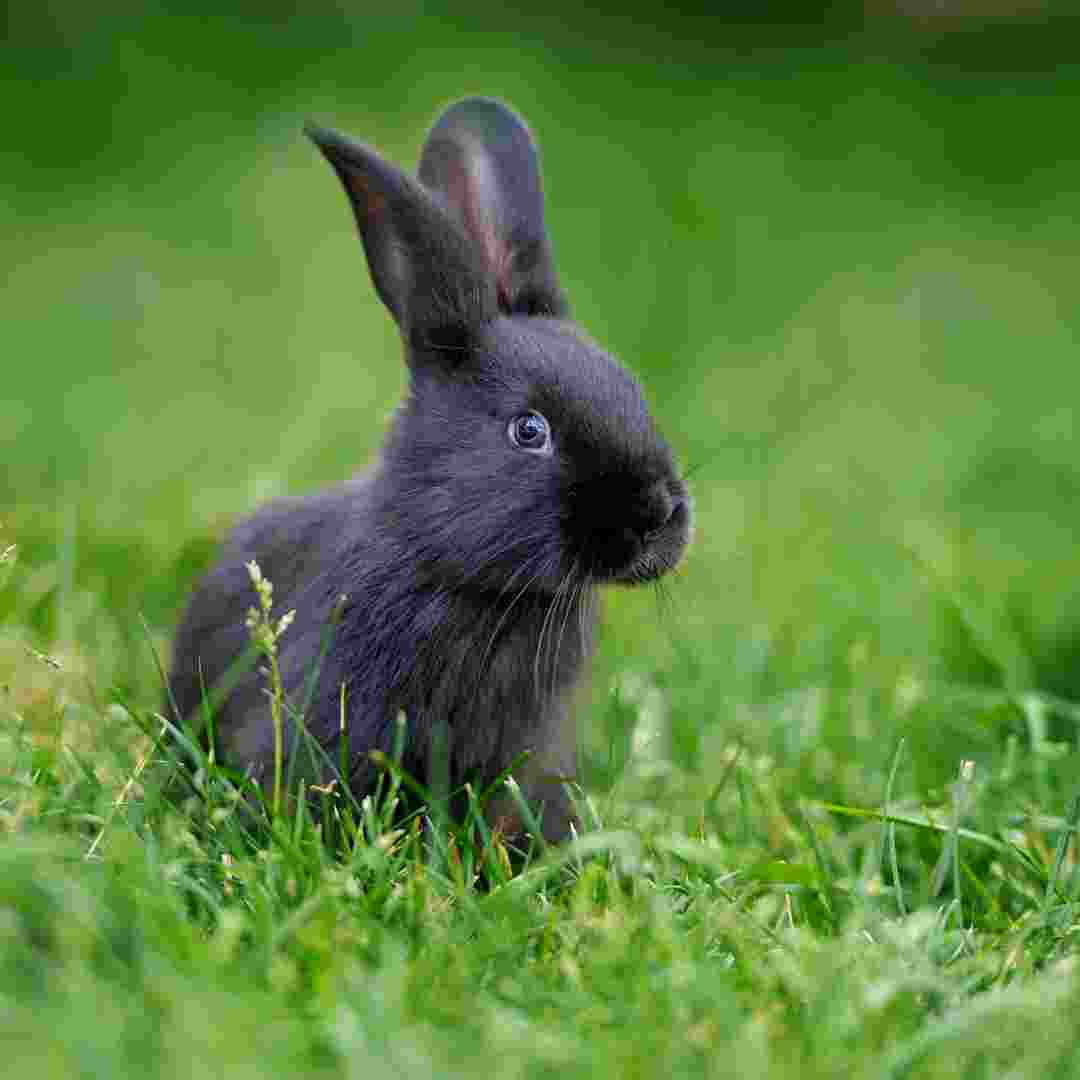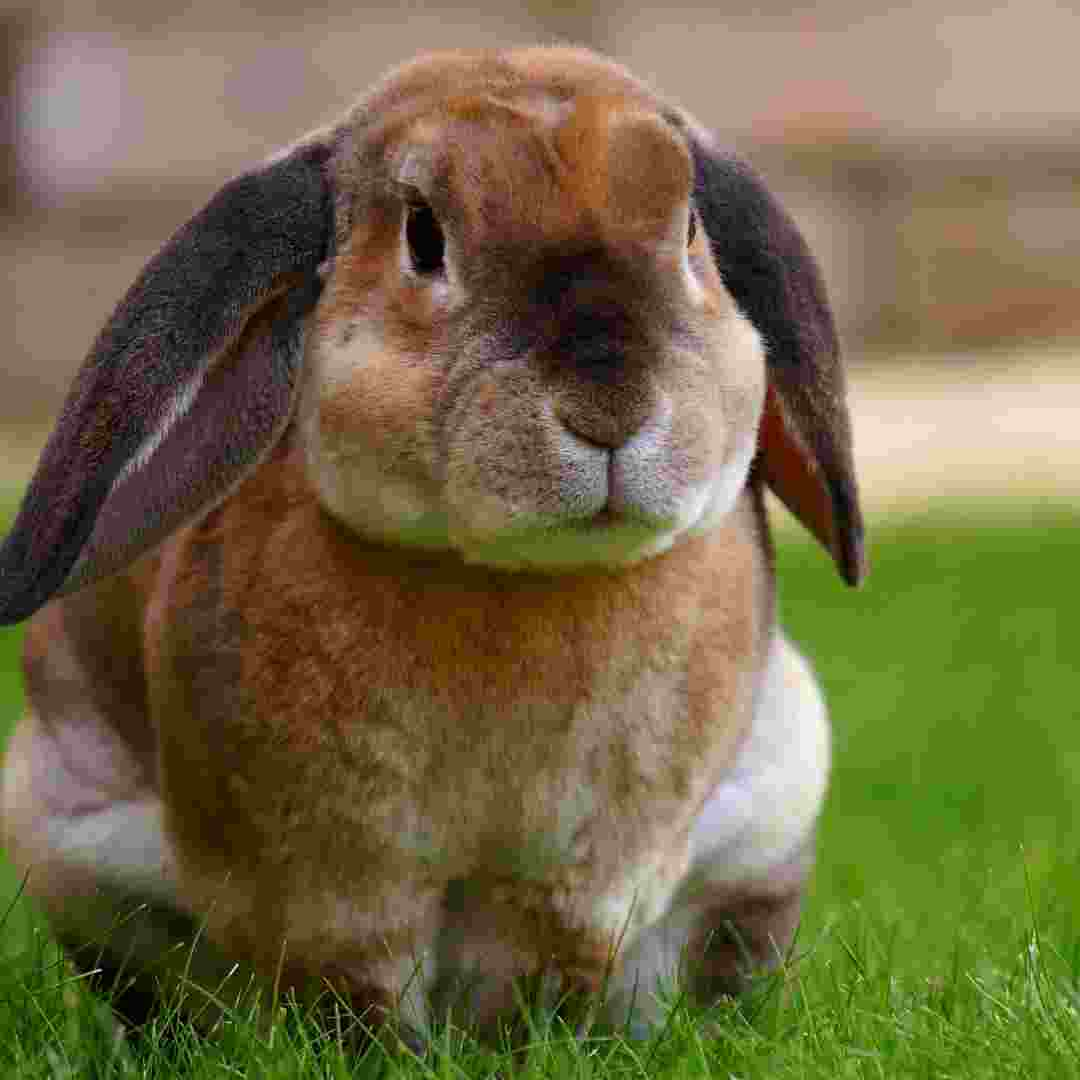Contents Table
Introduction
Considerations Before Feeding a Wild Rabbit
Feeding Wild Rabbits: Pros and Cons
What are safe wild rabbit foods?
Whether a Wild Rabbit is Healthy Enough to Eat Human Food
Feeding Wild Rabbits Affects Local Ecosystems
Q&A
Conclusion
Introduction
Animal lovers often wonder if they can feed a wild rabbit. It may seem kind to feed a wild rabbit, but there may be consequences. Feeding wild rabbits can cause overcrowding, disease spread, and nutrition disruption. Before feeding a wild rabbit, consider the risks.
Considerations Before Feeding a Wild Rabbit
Before feeding a wild rabbit, consider the risks and repercussions. Wild rabbits are suspicious of humans and may attack if threatened. Feeding wild rabbits can also boost their population, harming the environment.
Consider the animal's health before feeding a wild rabbit. Because wild rabbits eat a range of foods, feeding them non-native foods might cause nutritional deficiencies and other health issues. Disease transmission should also be considered. Feeding wild rabbits can transfer diseases to people and other animals.
Feeding wild rabbits may have legal consequences. Sometimes feeding wild animals is unlawful and punishable by fines. Local rules must be checked before feeding wild rabbits.
In conclusion, feeding wild rabbits can harm them and the environment. Consider the risks and legalities before feeding a wild rabbit.
Feeding Wild Rabbits: Pros and Cons
Feeding wild rabbits can be rewarding, but you should know the hazards and advantages.
Pros
Wild rabbits benefit from feeding since it supplements their diet. Wild rabbits eat grasses, herbs, and other plants. You can help them get the nutrition they need by feeding them more.
Moreover, feeding wild rabbits helps limit their damage to gardens and other vegetation. By having a steady diet, they're less likely to forage in unwanted locations.
Cons
Feeding wild rabbits may increase their population. If the food is reliable, rabbits may multiply faster than in the wild. This can cause overcrowding and resource competition, harming the local ecology.
Feeding wild rabbits can also make them dependent on humans. This may make rabbits approach humans, which is dangerous for both rabbits and humans.
Feeding wild rabbits can be rewarding, but you should know the hazards and advantages. You should feed wild rabbits responsibly and moderately.
What are safe wild rabbit foods?
Wild rabbits are common worldwide, and feeding them might be enticing. Remember that wild rabbits should forage for their own food. Please know which foods are safe for them if you feed them.
Hay is best for wild rabbits. Hay is high in fibre and aids digestion. Also rich in vitamins and minerals. Fresh carrots, lettuce, and celery are also safe for wild rabbits. Apples and berries can be served moderately.
Bread, crackers, and cereals should not be fed to wild rabbits. These unbalanced foods can create digestive issues. Avoid feeding wild rabbits sugary things like candy and sweets.
Finally, don't overfeed wild rabbits. Overeating can cause obesity and other issues. Feeding wild rabbits should be done regularly in little amounts. This will guarantee rabbits get enough nourishment without overeating.
Whether a Wild Rabbit is Healthy Enough to Eat Human Food
Humans often eat wild rabbits, but they must be healthy. Tips for determining if a wild rabbit is healthy enough to consume.
Check the rabbit's fur first. Healthy rabbits have thick, lustrous coats without fleas or ticks. If the rabbit has parasites or uneven fur, it may not be healthy enough to consume.
Second, examine the rabbit's eyes. Healthy rabbits have clear, discharge-free eyes. A rabbit with hazy or discharged eyes is probably not healthy enough to consume.
Third, check rabbit ears. Healthy rabbits have wax-free, parasite-free ears. The rabbit may not be healthy enough to feed if its ears are filthy or parasitic.
Fourth, observe rabbit behaviour. Healthy rabbits are active and aware. A lethargic or unresponsive rabbit is probably not healthy enough to feed.
Finally, examine rabbit droppings. Healthy rabbits have firm, black, parasite-free droppings. The rabbit may not be healthy enough to consume if its droppings are loose or parasitic.
Follow these methods to evaluate if a wild rabbit is healthy enough to eat. Always be cautious and avoid eating unhealthy wild rabbits.
Feeding Wild Rabbits Affects Local Ecosystems
Many countries have wild rabbits, which may seem harmless yet can damage local ecosystems. Wild rabbits may damage the environment, causing a range of problems.
Plant damage is one of wild rabbits' biggest affects on local ecosystems. Wild rabbits eat grasses, shrubs, and trees. Birds and small mammals may have less vegetation to eat. Vegetation destruction can also cause soil erosion, disrupting the ecology.
Disease is another effect of wild rabbits in particular ecosystems. Wild rabbits can carry myxomatosis and rabbit hemorrhagic sickness. Other species, including domestic rabbits, can contract these infections, damaging local populations.
Finally, wild rabbits compete with other species for food and resources. This can reduce other species' populations because they cannot compete with the larger, more aggressive wild rabbits.
In conclusion, wild rabbits can significantly damage local ecosystems. Vegetation loss, illness, and resource competition can destabilise the environment. Know the effects of wild rabbits and take actions to reduce their presence to safeguard local ecosystems.

Q&A
1. Can I feed a wild rabbit?
Feeding a wild rabbit is normally OK, but do it responsibly. Only feed wild rabbits limited amounts of fresh vegetables and fruits as needed.
2. What to feed wild rabbits?
Carrots, apples, and leafy greens should be offered sparingly to wild rabbits. Avoid giving them bread, processed meals, and other human foods.
3. How often should I feed wild rabbits?
Just feed wild rabbits when required, as during terrible weather or food shortages. Please let them forage for their own food.
4. Can I water a wild rabbit?
Giving a wild rabbit water is OK, but do it responsibly. Provide a shallow dish of fresh water in a predator-free location.
5. Can I touch a wild rabbit?
Touching a wild rabbit is not advised. Wild rabbits can grow anxious and nervous when handled and bite or scratch if threatened.
Conclusion
In conclusion, avoid feeding wild rabbits. Wild rabbits need a diet mostly provided by nature. Feeding wild rabbits can disturb their diet, cause overcrowding, and spread disease. Wild rabbits should forage for their own sustenance.
